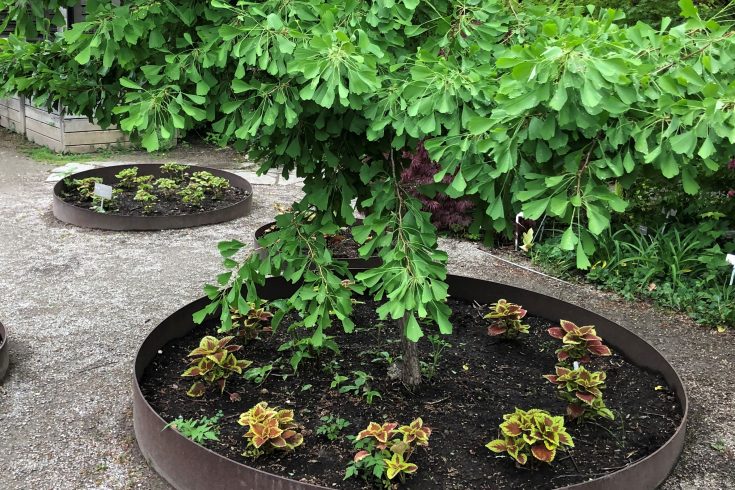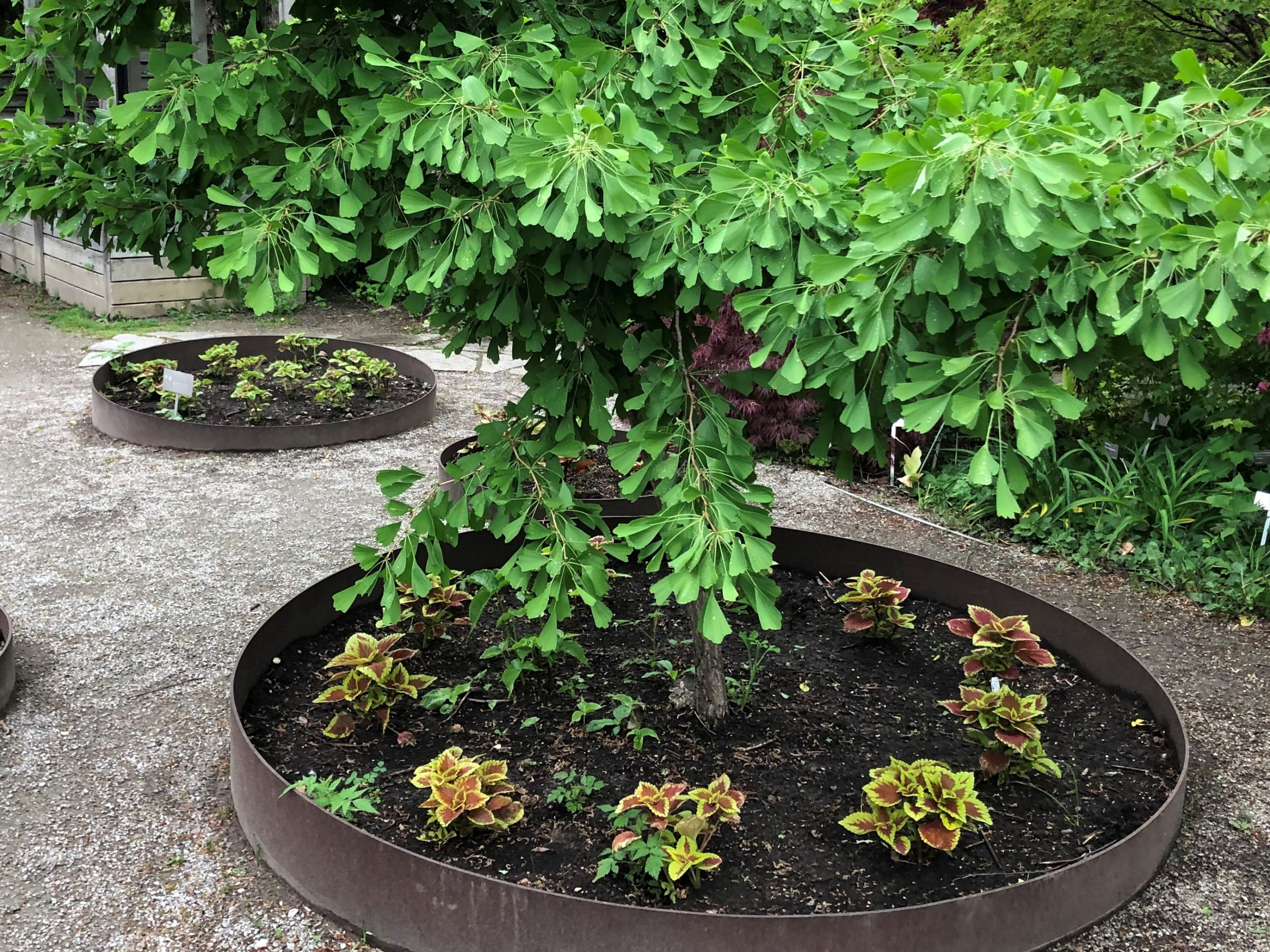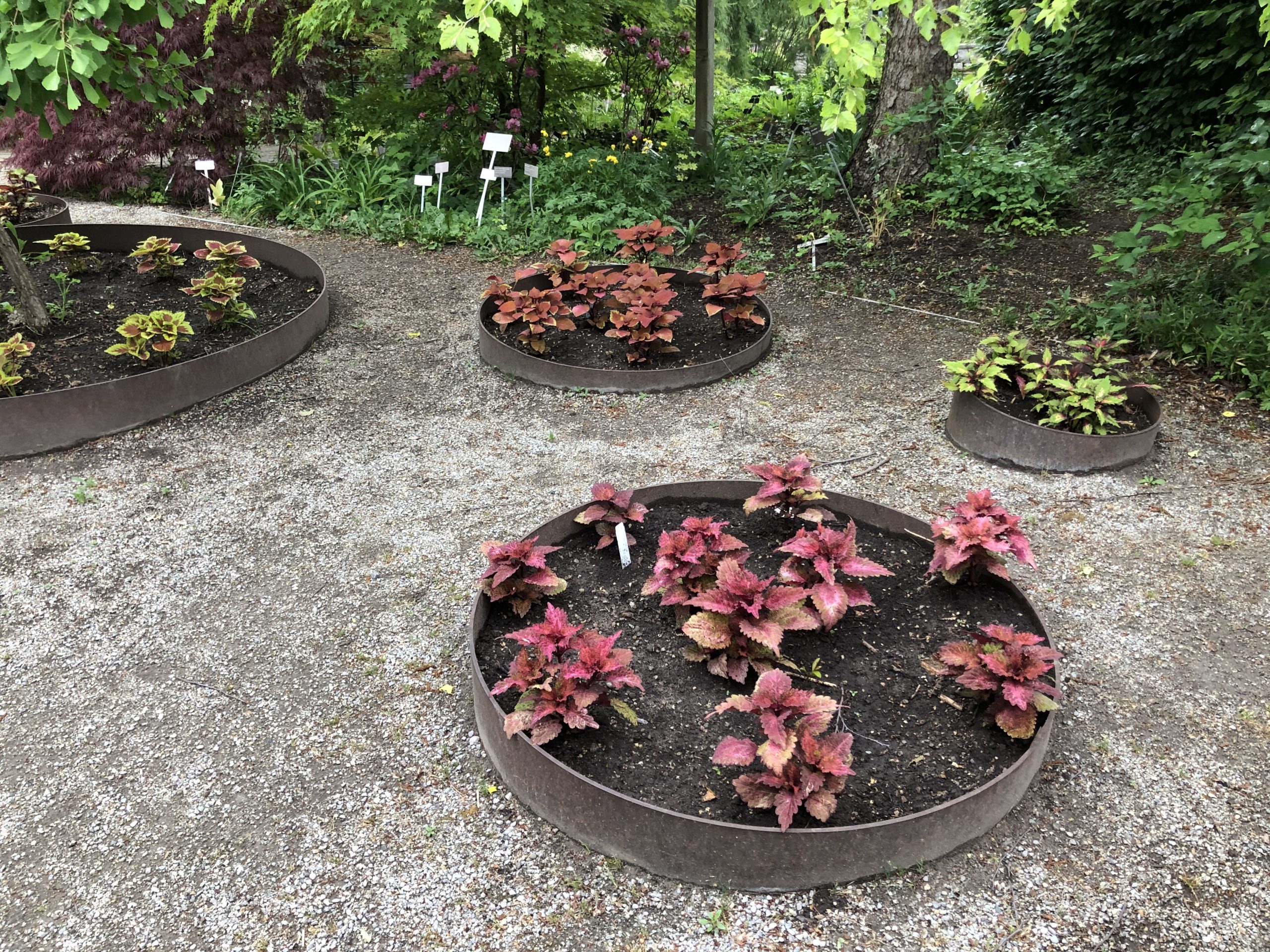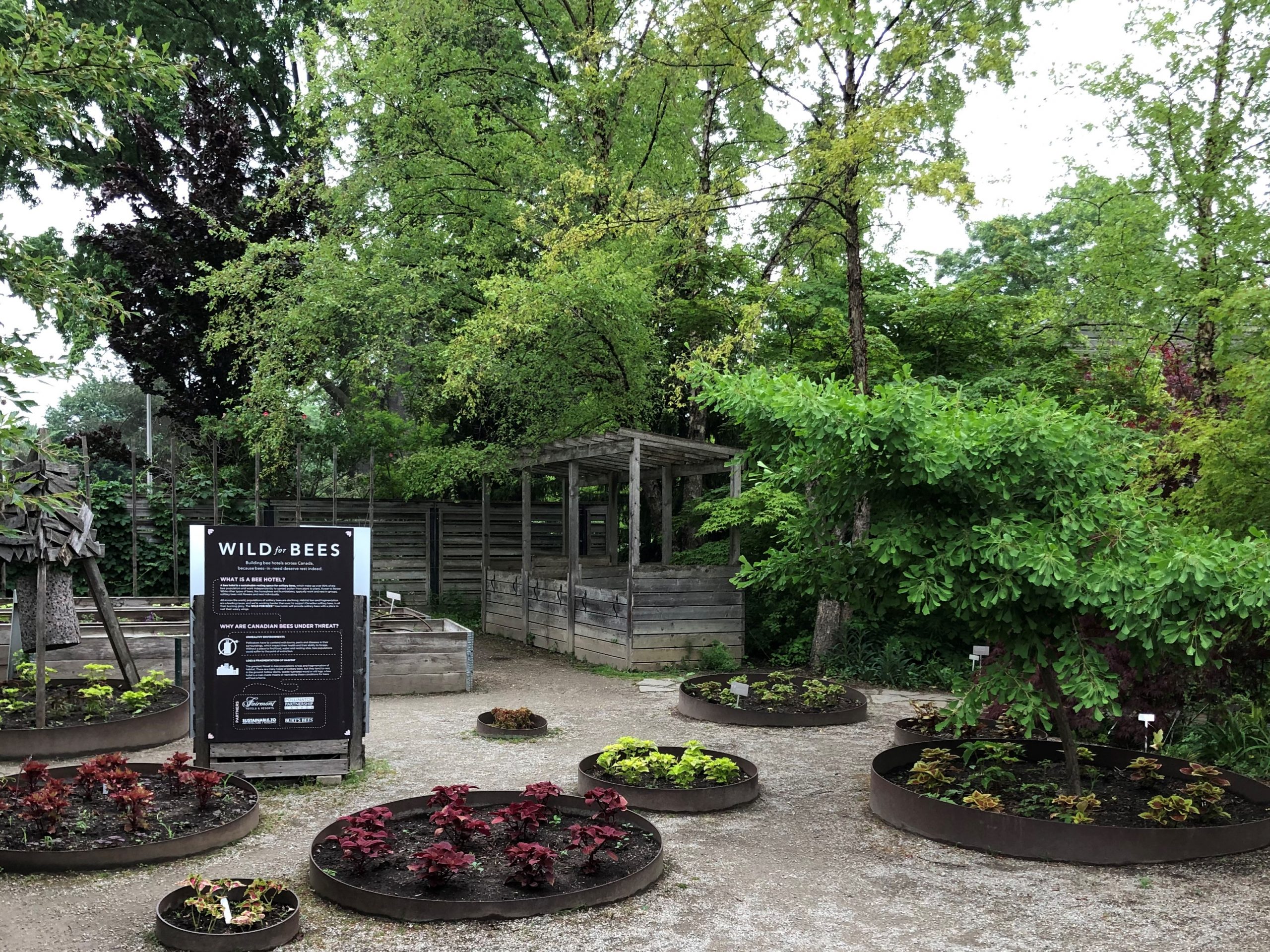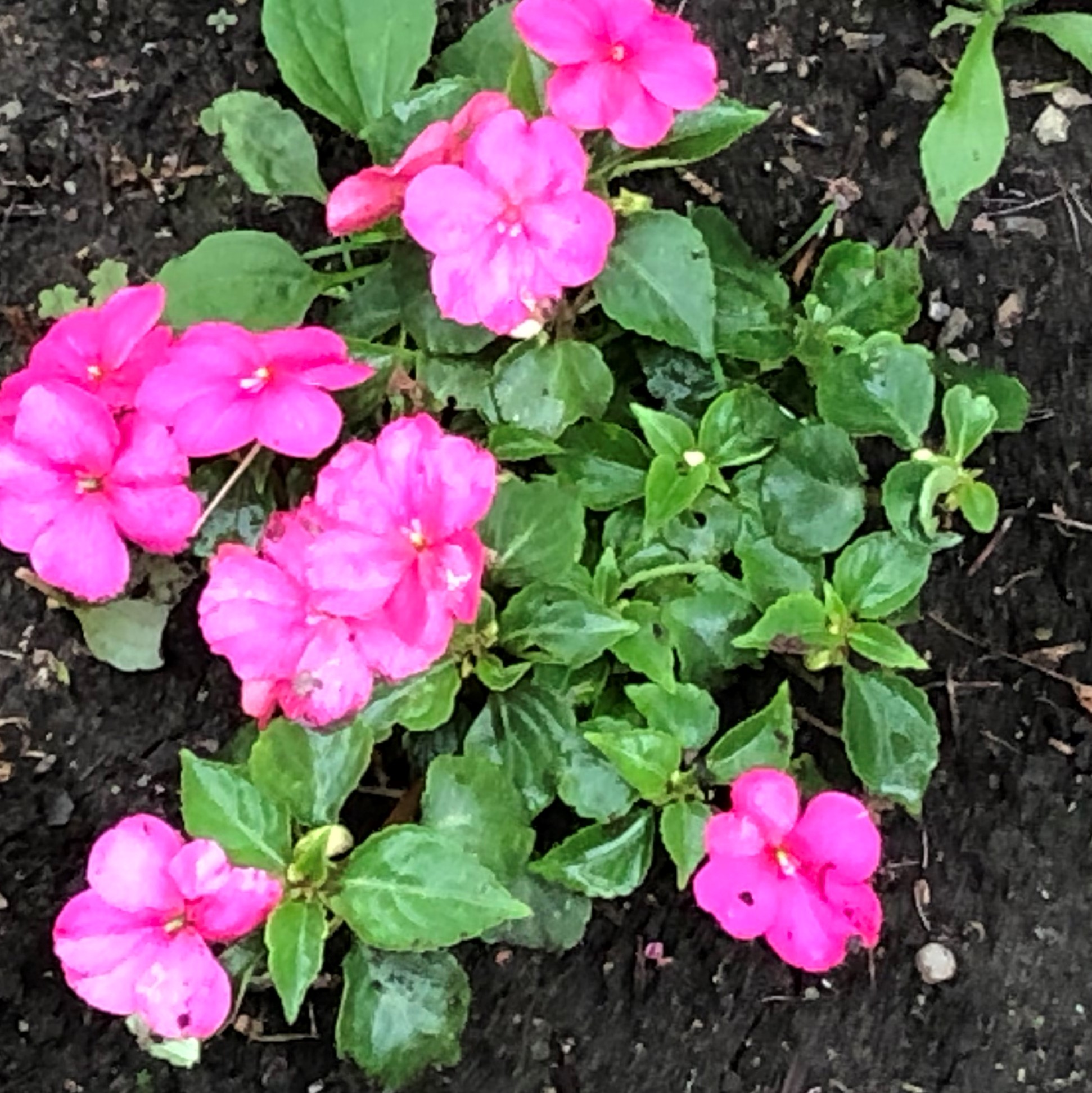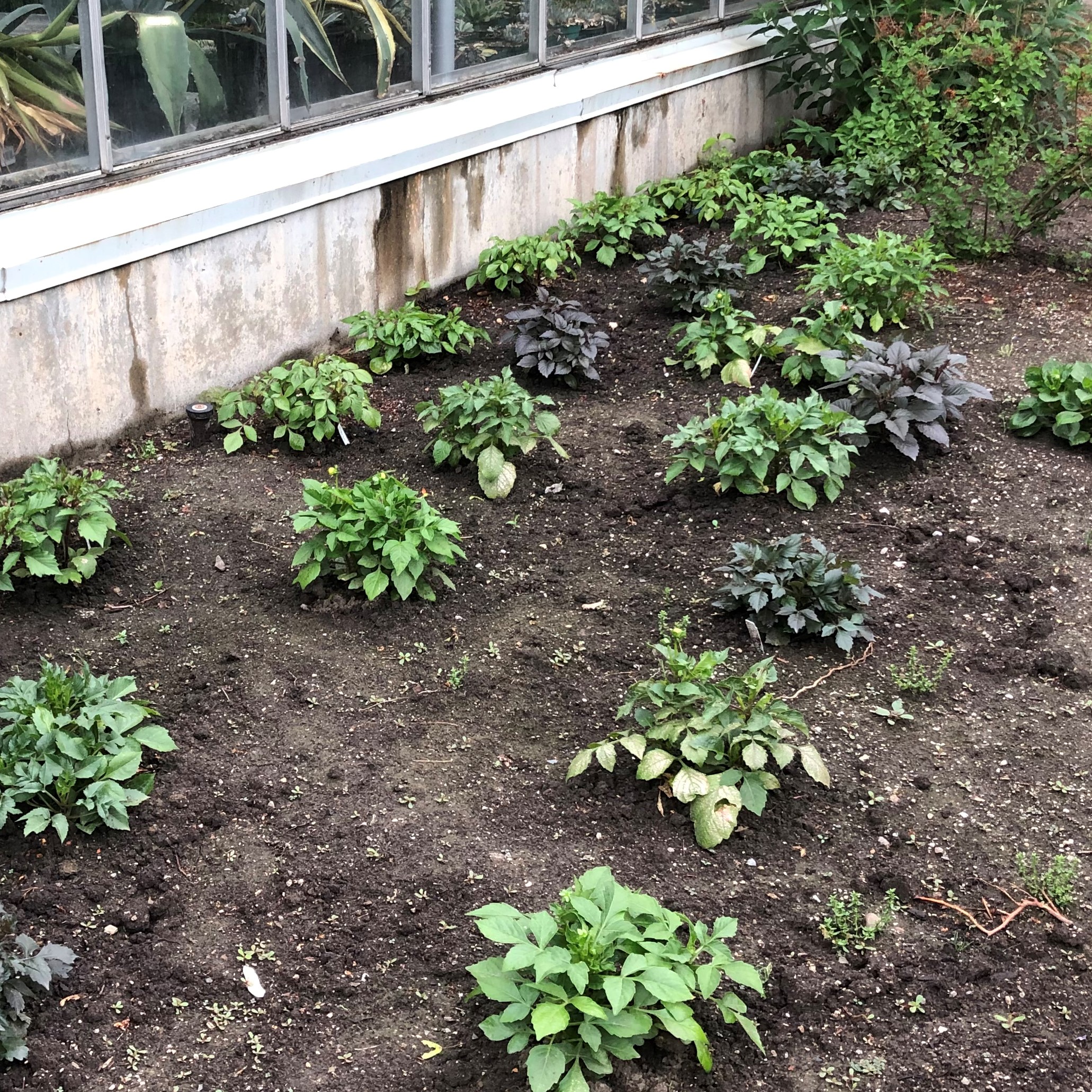Most plants unaffected by cold weather
By Veronica Sliva
The end of May brought with it an unexpected cold spell that sent many gardeners into a bit of a panic. We had been lulled into a false sense of security by Mother Nature (again!) and most of us had already tucked our annuals into our gardens.
Home gardeners were not the only ones caught off guard. The TBG Trial Gardens were already planted too. I wondered if the new plants were able to stand up to those frigid few days. A quick visit to the Trial Gardens revealed that most things were unaffected. True, the plants did not grow much, but most did not look any the worse for wear either. Except, perhaps the coleus. On close inspection, I noticed that some of the leaves were a little curled.
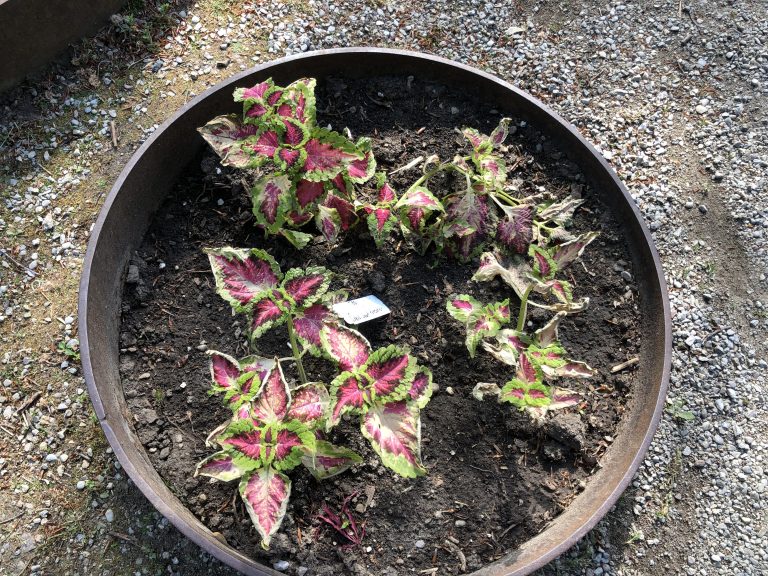
Dean Ruhnke, one of the TBG’s professional gardeners, toured me around the trial beds and assured me, “Coleus are pretty tough and even though you can see a little bit of damage, they will bounce back”.
A Word about Watering…another lesson learned
While I had Dean’s attention in the coleus beds, I asked him about how often the plants had been watered. I was surprised to find out that they were only watered when first planted a week ago and nothing since. Dean said, “The plants need to develop strong roots and the best way to do that is to make them go looking deeper for water. Watering too often keeps the roots shallow and they are less likely to withstand periods of drought.”
I realize I have probably been babying my plants more than necessary and I can get away with watering less often. Of course, it needs to be said that the soil in the TBG gardens has been amended over the years with compost and all the other good stuff that makes it more water retentive. I learned that if the soil has lots of organic matter worked in, you can water less often. There are other factors to consider also…the temperature (heat or cold), windy conditions and rainfall. The bottom line is there are no “rules” to follow. The best way to figure out what our gardens need is to get into them regularly to assess what is going on. In my case, more restraint with the hose is required!
Impatiens are Making a Comeback
This past week I visited the trial beds again, and what a difference. Progress is being made. The coleus bounced back from the cold spell and are filling out and starting to take off as are all the other newly planted annuals.
Once I was sure the coleus survived, I turned my attention to the impatiens planted in the shade garden. Yes, impatiens… they are back! I love impatiens and have missed growing them in the last few years.
Impatiens (the walleriana type) were once the darling of the horticultural industry. And no wonder, as the go-to plant for shady locations, they reliably provided us with swaths of colour, were easy to grow and economical too.
In 2011 a disease called downy mildew decimated the entire impatiens market. The disease ruined the market for impatiens. Once a plant is infected it spreads rapidly, so growers stopped producing them.
Begonias quickly became a popular substitute for impatiens. While we gardeners were smitten with all the new begonia varieties (I still am), plant breeders were busy developing varieties that are resistant to powdery mildew.
Ball Horticultural’s Beacon series is a highly resistant variety to the disease. You can check out their performance trial garden. In shades of white, salmon and a beautiful shade of rose (a 2022 introduction). Having only been in the ground a couple of weeks, the compact plants are already branching out and are studded with gorgeous blooms. They are well on their way to making an impressive show.
If like me, you have missed growing impatiens, the Beacon series means we can once again brighten up those shady spots in our garden. I am keeping a watchful eye on these new impatiens varieties

